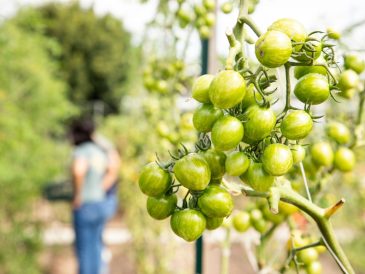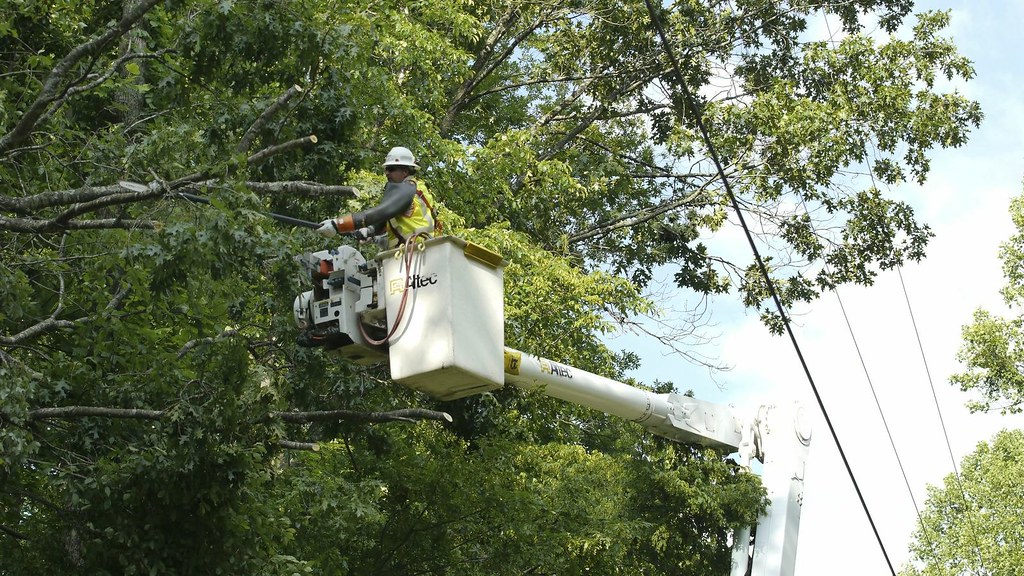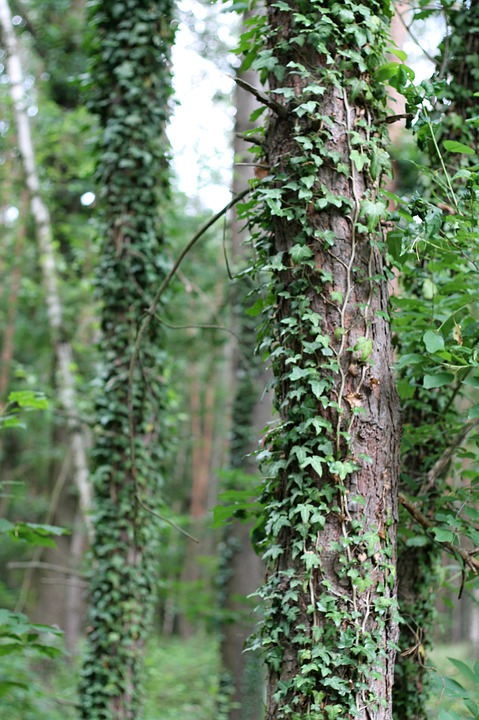Succulents of the Agave genus are an excellent alternative to grow in pots or directly in the garden, especially in regions with warm climates. Foxtail agave is one of the most popular varieties and is relatively simple to grow. These plants do well in a well-draining substrate and generally need plenty of direct light, although they can also tolerate some shade.
As with many other succulents and cacti, their enemy is excess water, so with proper watering control, it is possible to get the maximum level of color, vibrancy and vigor from this plant. We have already talked about the main characteristics of the agave, from which tequila is extracted in Mexico (agave tequilana). In this article, we give you a summary of the main requirements of the Foxtail agave or, as it is commonly called, the attenuated agave.
Characteristics of the Foxtail Agave
Foxtail agave is a large-leafed succulent commonly known as Agave sombra. This plant is native to the deserts of northern Mexico and the southern United States. Foxtail agave has a short stem, pointed and spiny leaves. It reaches a height of 50 to 75 cm, with white flowers in clusters that open in spring.
Care Guide Foxtail Agave
Climatology
Lives well in arid and semi-arid areas.
Temperature: plant sensitive to the cold that does not support frosts, although it tolerates some hours with temperatures below 0ºC. The optimum is between 23-28 ºC
Humidity: it is adapted to conditions of low environmental humidity, although it is not an important requirement, since there are many specimens of Agave that are cultivated in coastal gardens and grow spectacularly.
Lighting: the more the less. They can grow in semi-shaded areas or, even better, in full sun. Only in the summer it may be noticed that it loses its intense green color due to insolation, so if it is grown in a pot, it is best to place it in an environment with plenty of light, but without direct sun exposure.
Irrigation
Most succulents are adapted to very dry environments with low rainfall. Its fleshy leaves accumulate moisture to cover the plant’s needs for months.
In the case of Foxtail agave, its needs are even more austere. It is usually watered once a week in summer and every 15 days during the fall and winter months. But the main measure to avoid any kind of rot is to have a good drainage, which we will do by choosing the type of substrate we will talk about later.
In summary:
Watering in spring and summer: 1 watering every 15-20 days, depending on the temperature.
Watering in autumn and winter: 1 watering every 7 days, depending on the temperature and sun exposure.
The dose of watering is generally the one that allows a drainage of about 10% of the water, leading to salts that can be harmful to the plant. As for the volume, we talk about 1/8 or 1/10 of the volume of the pot.
Substrate or Soil Type
The main requirement for succulents grown in pots is a type of substrate that allows excess water to be removed very easily.
For this reason, not only universal substrates are usually used, but they are mixed with components such as sand, gravel, perlite or coconut fiber. All these elements provide good oxygenation of the medium and drain excess water.
A homemade substrate mix for your Foxtail agave can be as follows:
– 50% universal substrate
– 30% coco fiber or perlite
– 20% river sand
In specialty stores, you can also find slightly more complex preparations, which include fertilizers such as magnesium (succulents and cacti are quite demanding in this macronutrient) and components such as volcanic clay or ground pine bark.
Use of Fertilizers
As we have noticed that our substrate will contain a large proportion of inert components that provide almost no nutrients, it is necessary to feed the plant with additional fertilizers.
This contribution can be done with solid fertilizers in the form of granules or liquid fertilizers. For those who are looking for comfort, solid fertilizers are more comfortable, because they are brought in early spring once a month, slowly releasing with the moisture of irrigation.
If you want to be more precise with the nutrition of your Foxtail agave, you can use liquid fertilizers. You will find a large number of them, with a NPK (nitrogen, phosphorus, potassium) ratio of 2-1-2.5 being preferable, with a preference for potassium. Never forget magnesium and micronutrients, important for this type of crop.




